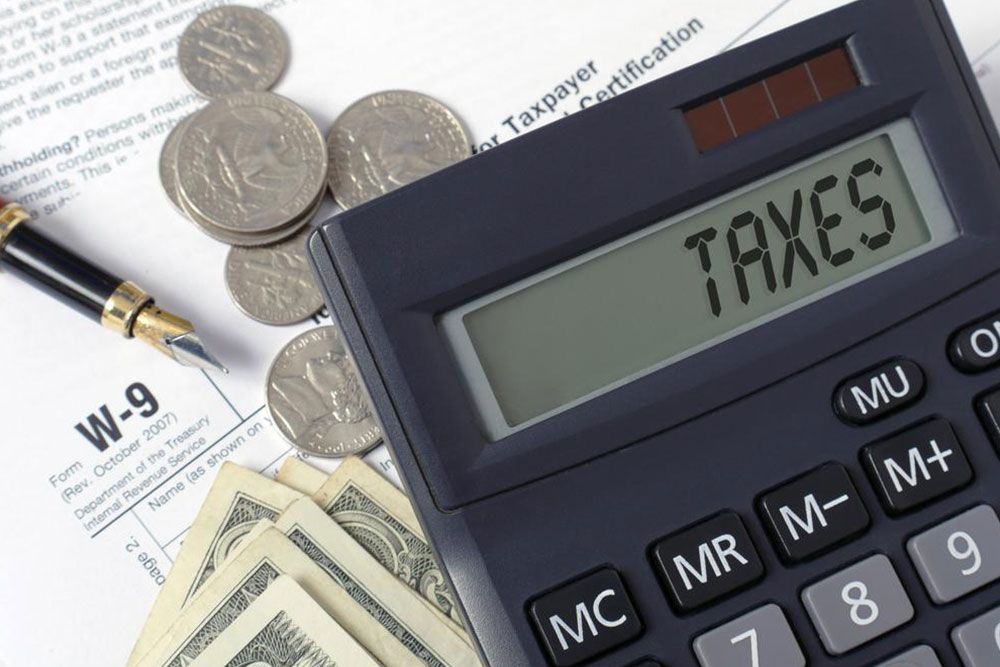Comprehensive Guide to IRS Tax Refund Timelines and Effective Tracking Methods
This detailed guide provides valuable insights into IRS tax refund timelines, the best methods for receiving refunds, and how to effectively track your refund status. It covers processing times for extensions and amendments, along with tips for ensuring you receive your funds quickly and securely. Perfect for taxpayers seeking to optimize their refund experience and manage expectations efficiently.

Comprehensive Guide to IRS Tax Refund Timelines and Effective Tracking Methods
Understanding the timeline for your IRS tax refund is essential for financial planning, whether you're expecting a low or substantial refund. The process can vary depending on the method you choose for receiving your refund, your filing method, and any additional steps such as extensions or amendments. This comprehensive guide aims to clarify the typical timelines, available options for receipt, and how you can efficiently track your refund status to ensure you receive your funds promptly and securely.
When you file your taxes and anticipate a refund, it's important to know that the IRS may take several days to process your return before depositing the funds into your bank account or mailing you a check. In most cases, refunds are processed swiftly, often within five to ten days if you opt for electronic filing and direct deposit. However, several factors can extend this timeline, such as the complexity of your return, the need for manual review, or if you have filed for extensions or amendments. Being aware of these factors allows you to manage your expectations and better plan your finances.
Optimal Methods for Receiving Your Tax Refund
The IRS provides taxpayers with multiple options to receive their refunds, each with its pros and cons. The most popular and recommended method is direct deposit, which is both fast and secure. It's especially advantageous for small business owners making estimated tax payments, as the funds are transferred directly into your bank account without delay. Direct deposit not only expedites the refund process but also minimizes the risk of losing or delaying mailed checks.
Alternatively, taxpayers can choose to have their refund issued via a paper check. Although this option is straightforward, it generally takes longer to arrive—typically between 1 to 3 weeks after processing. If you prefer, the IRS also allows taxpayers to purchase U.S. savings bonds with their refund. This can be a strategic way to save for future expenses while benefiting from the favorable interest rates on savings bonds. Additionally, if you receive a large refund, the IRS enables splitting your deposit into multiple bank accounts for better management.
Timelines for Refunds with Extensions and Amended Returns
If you've filed an extension or submitted an amended return, it can impact your refund timeline. Generally, the processing times for extensions remain similar to your original filing period, but special considerations apply for amended returns. Amended returns are processed manually, which typically takes longer—usually around 8 to 12 weeks—due to the extra scrutiny they undergo. Therefore, patience is key, and tracking your refund status becomes even more important if you find yourself waiting beyond the typical window.
In cases where your refund hasn't arrived after this period, it's advisable to contact the IRS directly or check their official website for updates. Being proactive can help identify any processing issues or delays that might be affecting your refund. It's also worth noting that filing amendments should be done carefully, ensuring all information is accurate to avoid further delays or mismatched records.
How to Use IRS Tools to Track Your Refund
Tracking your IRS refund has become easier with the introduction of online tools designed for taxpayer convenience. Once you've filed your return electronically, the IRS typically sends an acknowledgment confirming receipt of your filing. From there, you can monitor the status of your refund using the "Where’s My Refund?" tool available on the IRS website and mobile app. This tool provides real-time updates, showing you the current processing status and the estimated date when your refund will be deposited or mailed.
If you have mailed your return, it's important to wait at least three weeks before checking the status to account for processing time. The IRS updates its refund status weekly, usually on Wednesdays, providing the most recent information based on the date of your filing. If after this period, you notice no updates or if your status indicates a delay, contacting IRS customer service can provide additional assistance. It's always wise to keep your tax records handy when checking, including your Social Security number, filing status, and the exact refund amount claimed.
In conclusion, understanding the typical timelines and available methods for receiving your IRS tax refund can greatly enhance your financial planning and peace of mind. Whether you prefer direct deposit, paper checks, or savings bonds, knowing how to track your refund efficiently will ensure you stay informed about your funds' status. Patience and proactive monitoring are key to smoothly navigating the refund process, especially during peak tax seasons or in cases involving amendments or extensions. Stay informed and utilize IRS tools to manage your refunds effectively, ensuring you receive your funds promptly and securely.





